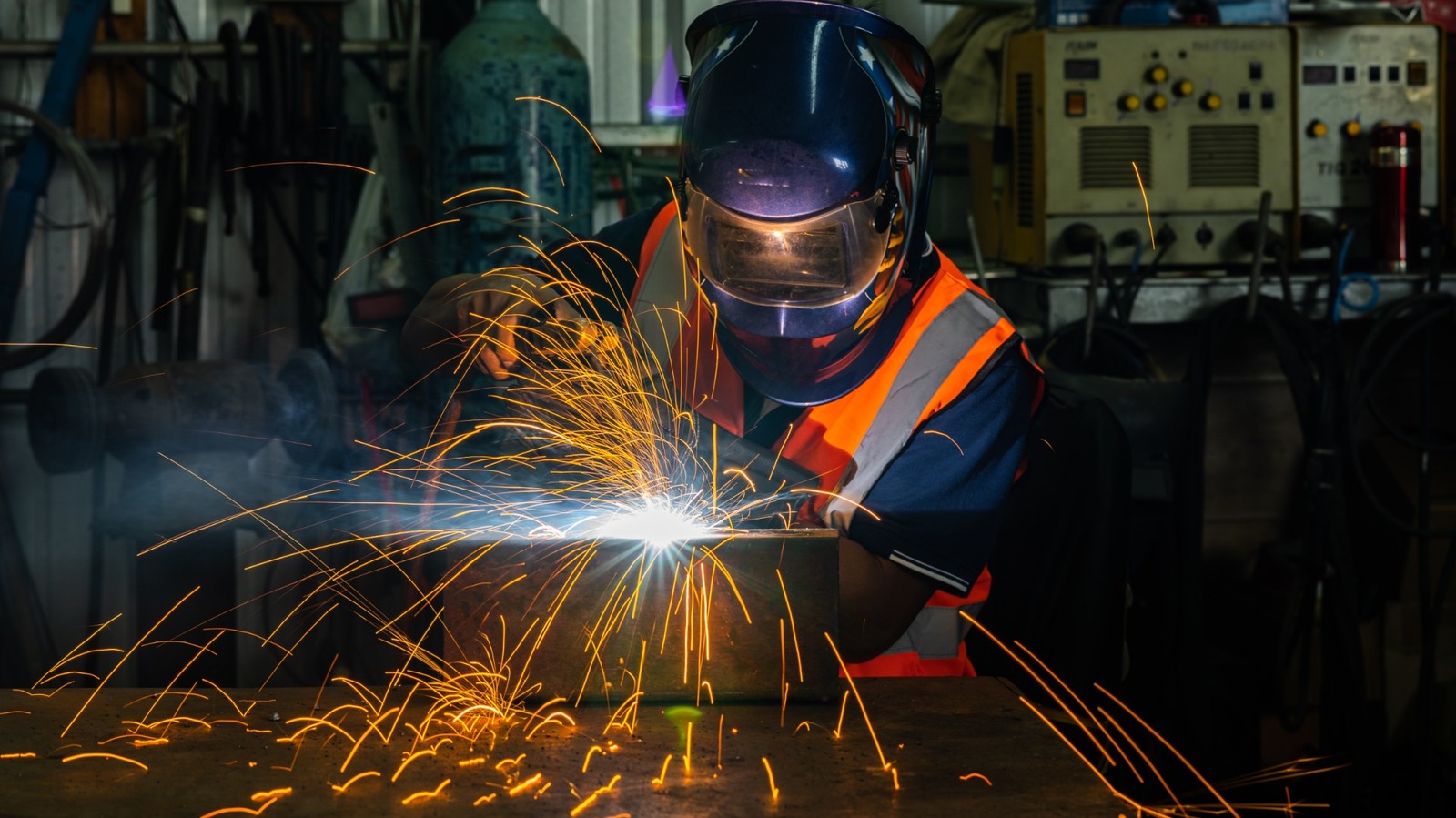
Welding is serious business, but it can often get romanticized. In truth, welding is part science and part craftsmanship, and mastering it takes more than a macho posture and a gas mask. Each welding process has its own learning curve, tools, pitfalls, and tricks. What separates a beginner from a pro is not just how hot your torch gets. If you want to kickstart your welding career, you need more than a hot torch. It all depends on how steady your hand is, how clean your materials are, and how well you can juggle multiple variables at once.
Among all welding methods, one stands out as particularly difficult to learn, as it demands way more precision, patience, and contro, leaving little margin for error. That method is TIG welding, short for Tungsten Inert Gas. It is also called Gas Tungsten Arc Welding, or GTAW. Several professionals claim that TIG is the hardest welding process to master, from welders and trade bloggers, to industrial providers and instructors at technical schools.
The TIG method uses a non-consumable tungsten electrode to create the arc. The welder could also use a separate filler rod by hand. In this method, the shielding gas protects the weld pool from atmospheric contamination, but unlike other methods, the electrode doesn’t melt when using the TIG method. This makes it more susceptible to mistakes in controlling the arc. The tungsten is also more prone to contamination, while the weld pool can be more serious.
The TIG method may be hard, but it’s also rewarding. It presents its own unique challenges that make it especially tough in comparison to other common welding methods. This is why professionals repeatedly emphasize that it is the most difficult welding process to learn. One factor that contributes to this is the many variables that need simultaneous control — you must manage the current, travel speed, heat input, and torch angle, and that’s on top of the filler rod feed, shielding gas flow, and the foot pedal.
Another factor is the precision and cleanliness needed. Even small contaminants like dust, oil, rust, and moisture can ruin a TIG weld. Tungsten electrode contamination can degrade arc stability and weld quality. This occurs if the tungsten touches filler or base metal, so materials must be clean and prepared carefully.
You also need steady hands. One hand holds the torch while the other sometimes feeds filler metal. Remember that your foot may control amperage, so you need a steady posture and smooth motions. For thin or sensitive metals, tiny deviations in movement or heat can cause burn-through or distortion. There are some useful Harbor Freight welding accessories to help with this, but no accessory is as important as your own body parts. Lastly, it’s a slower process with lower tolerances. TIG is not forgiving, as mistakes are costly in time or material, and errors such as overheating are even more costly. In production environments, TIG can be a bottleneck if the operator isn’t highly skilled.
TIG is often called the hardest to master, and yet, other types of welding can also be difficult in other ways, or in special contexts. You can choose the easiest method and purchase the best welders you can find, but still encounter challenges, and professionals don’t always tell the same story. Depending on the situation, environment, workpiece, or goals, something else might feel harder.
Stick Welding (SMAW), for instance, uses simpler equipment. The electrode contains flux, meaning the shielding is built in, and it’s also more forgiving of dirty or rusted surfaces. Even at that, stick welding produces slag and spatter that require frequent electrode changes.
Burn-through is a risk when using this method on thin materials, and controlling the arc and maintaining a stable arc length takes skill. For structural welds outdoors, weather affects results greatly. While not as technically demanding as TIG in ideal conditions, in field conditions, it can be quite difficult.
Then there’s MIG welding, which is often regarded as easier to learn. It uses continuous electrode feed and fast deposition, and it’s generally more forgiving of small errors. Despite this, it requires good shielding gas and clean work. It may also require more penetration control on thick metals. With this method, welding overhead or in awkward positions is still hard. Also, for certain metals, MIG doesn’t perform well without specialized wire or gas, and it can be less precise than TIG in appearance and fusion. For industrial welders, MIG has its own learning demands.



